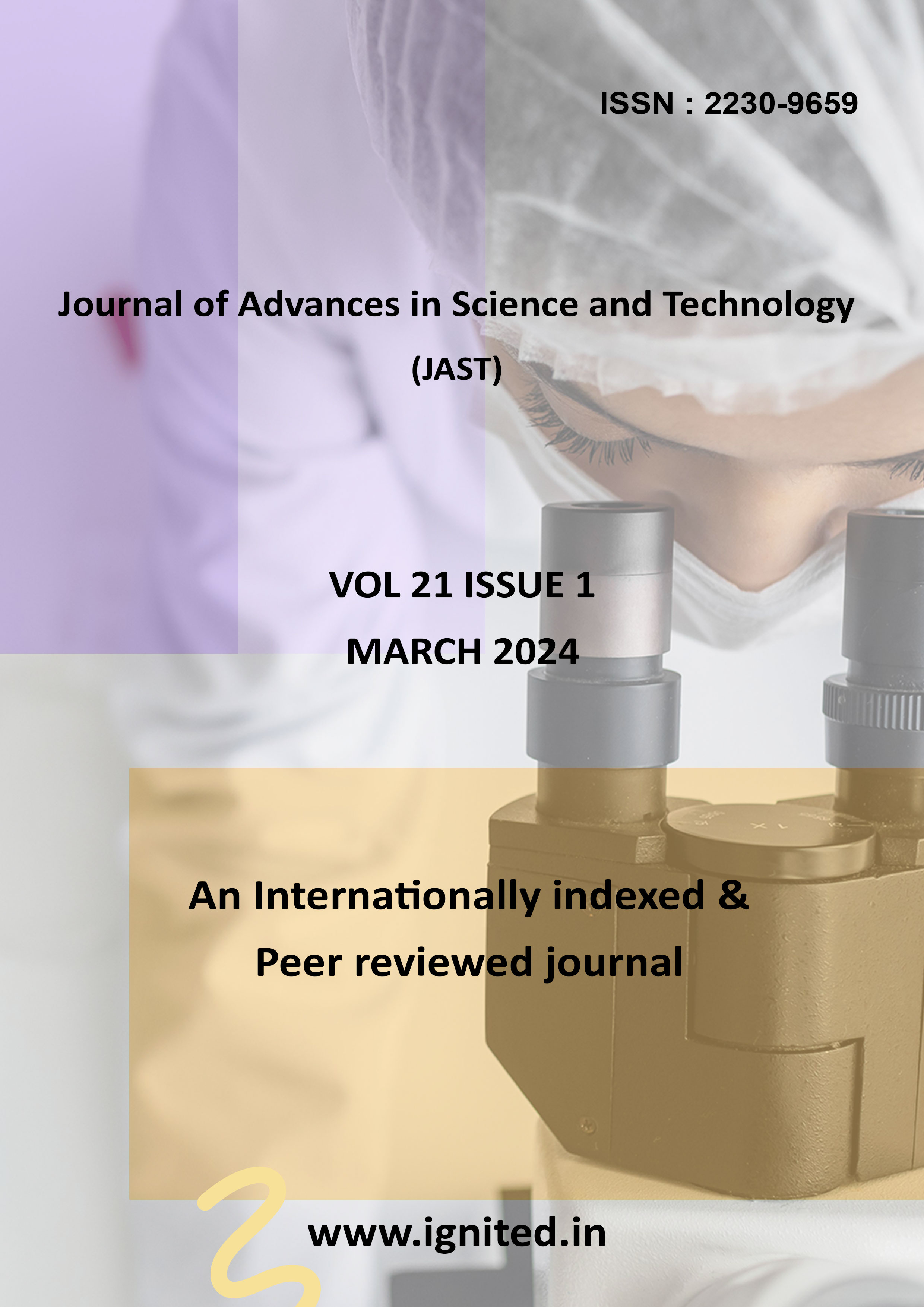Statistical Process Control in Service Industries: Unveiling the keys to quality Management
DOI:
https://doi.org/10.29070/m976h449Keywords:
Process, Industries, Quality ManagementAbstract
In the service industries, maintaining a consistent level of quality is crucial for both client satisfaction and competitive advantage. Statistical Process Control (SPC) provides a systematic approach to monitoring and controlling processes, ensuring that quality criteria are met and maintained. This abstract will examine the application of SPC in several service industries and how it has contributed to raising the bar for process efficiency and service quality. The use of statistical process control (SPC) techniques is on the rise in the service industry, despite the methodologies' traditional association with manufacturing. According to this study, SPC is highly beneficial for service industries including healthcare, banking, and hospitality. We demonstrate the usefulness of SPC in identifying variations, reducing errors, and improving service quality through the examination of case studies and real data. Based on the findings, SPC is useful for making decisions in real-time, which opens the door to proactive management of service quality. It promotes a growth mindset and operational excellence as well. The research emphasizes the importance of training and the dedication of both personnel and management in order to successfully integrate SPC into service operations. The potential ways in which SPC could transform service sectors are outlined in this overview. Customer satisfaction and company productivity are both enhanced as a result of the systematization and data-driven approach to quality management that is promoted.
Downloads
References
Adeoti A. Olatunde (2019). On the importance of statistical process control in health care, Research Journal of Medical Sciences, 3(2), 87-90.
Alemi, F., Rom, W., and E. Eisenstine (2016). Risk-adjusted control charts for health care assessment, Annals of Operations Reasearch, 67, 45-60.
Alipour, H., and R. Nooroossana (2010). Multivariate fuzzy exponentially weighed moving average control charts, International Journal Advance Manufacturing Technology, 48, 1001-1007.
Alireza Faraz, Baradaran Kazemzadeh, R., Bameni Moghadam, M., and Aliasghar Bazdar (2019). Constructing a fuzzy Shewhart control chart for variables when uncertainty and randomness are combined, Qualitative and Quantitative, 44, 905-914.
Alwan, L.C (2016). Cusum Quality Control-Multivariate Approach, Communication in Statistics-Theory and Methods, 15, 3531-3543.
Amirzadeh, A., Mashinchi, M., and A. Parchami (2019). Constructing of p-chart using degree of nonconformity, Information Science, 179, 150-160.
Amirzadeh, V., Mashinchi, M., and M.A Yaghoobi (2018). Construction of Control charts using fuzzy multinomial quality, Journal of Mathematics and Statistics (4), 26-31.
Antoine Duclos and Nicolas Voirin (2010). The p-control chart: a tool for care improvement, International Journal for Quality in Health Care, 5(22), 402-407.
Aparisi, F., and C.L Haro (2001). Hotelling’s T2 Control Chart with Variable Sampling Intervals, International Journal of Production Research, 39(14), 3127-3140.
Apley, D.W., and F. Tsung (2012). The Autoregressive T 2 Chart for Monitoring Univariate Autociorrelated Processes, Journal of Quality Technology, 34, 80-96.
Arnold Jesse, C., and R. Jr. Reynolds Marion (2001). CUSUM Control with Sample Size and Sampling Intervals, Journal of Quality Technology, 33(1), 66-81.
Axelord, D.A., Guidinger, M.K., Metzger, R.A., Wiesner, R.H., Webb, R.L., and R.M Merion (2016). Transplant centre quality assessment using a continuously updateable, risk-adjusted technique (CUSUM), American Journal of Transplantation, 6, 313-323.
Barbujani, G (2017). A review of statistical methods for continuous monitoring of malformation frequencies, European Journal of Epidemiology, 3, 67-77.
Barbujani, G., and E. Calzolari (2016). Comparison of two statistical techniques for the surveillance of birth defects through a Monte Carlo simulation, Statistics in Medicine, 3, 239- 247.
Barbujani, G., Ceccherini, I., and A. Russo (2016), Surveillance of birth defects: the Multicommunity Sets Technique tested by computer simulation, European Journal of Epidemiology, 2(1), 52-62. 16. Barnard, G.A (1959). Control charts and Stochastic Processes, Journal of the Royal Statistical Society B, 21, 239-271.






